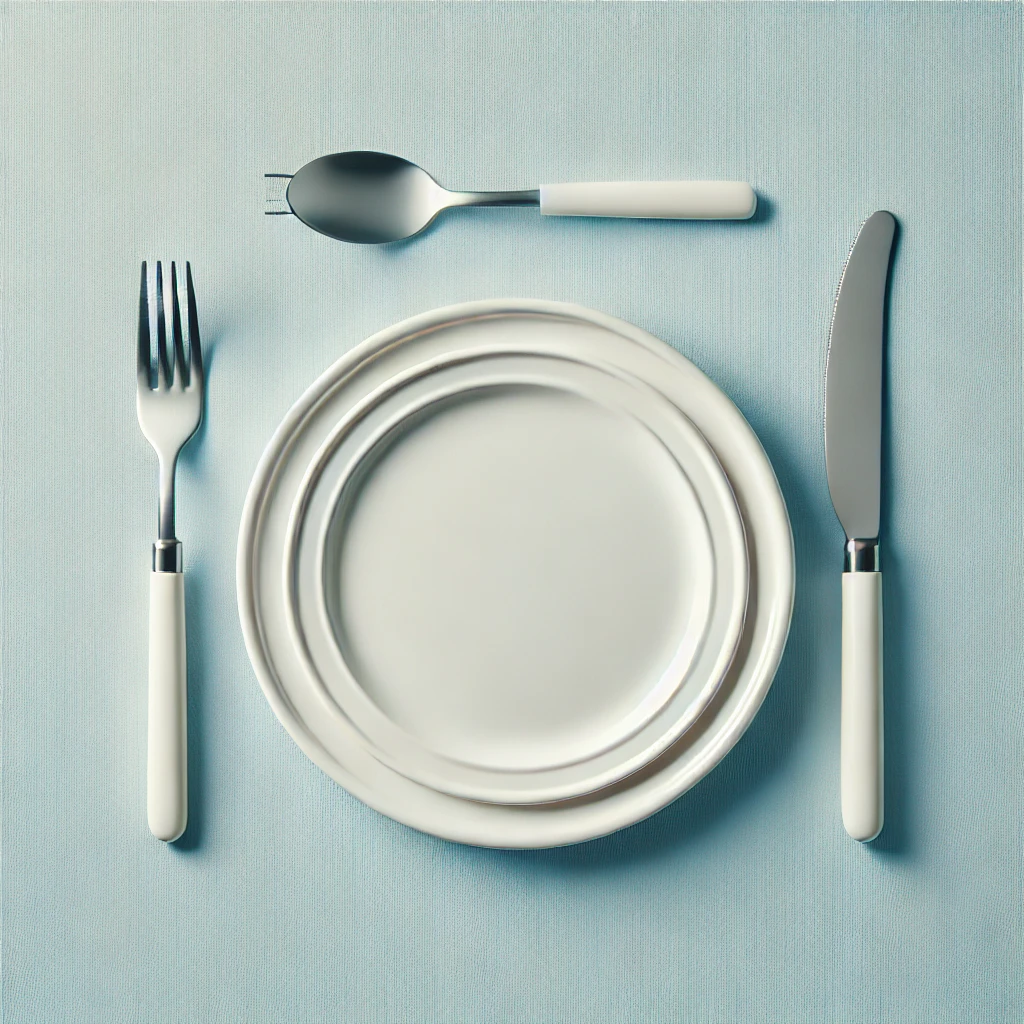Eating healthy doesn’t have to be complicated, and it usually doesn’t require a complete diet overhaul. In fact, you’re probably doing a lot of things right already! Sometimes it takes just a few little tweaks to get you on the right track, starting with something you utilize every single day: your plate.
Building a healthy plate is as easy as making a few smart swaps and healthy additions to get the most nutrition out of your meals, while still enjoying your favorite foods.
Let’s get started!
My number 1 go-to for building a healthy plate is to put a fresh focus on produce. Making half your plate vegetables is key for building a plate that is healthy, satisfying and nutritious. But that’s only half your plate! The remaining two quarters are important, too. These are reserved for lean protein, healthy fats and high-fiber carbohydrates.
Are you ready to build your healthy plate?

How to Build a Healthier Plate: Tips for Balanced Meals
Published November 2024
Estimated Reading Time: 6 Minutes
Creating a healthy and balanced plate is easier than you think. By incorporating fresh produce, high-fiber carbohydrates, lean protein, and healthy fats, you can craft meals that are both satisfying and nutrient-rich. Here’s how to build a healthy plate at every meal for optimal nutrition and flavor.
1. Fresh Produce: The Base of Your Plate
Making half your plate fresh produce ensures you get a variety of essential nutrients, including vitamins, minerals, antioxidants, and fiber. Vegetables add volume to your meals, keeping you full without packing in too many calories. For the best nutrient balance, aim to “eat the rainbow” by choosing different colored veggies each day.
Pro Tips:
- Opt for leafy greens like spinach, kale, and arugula.
- Add vibrant veggies such as carrots, bell peppers, tomatoes, and broccoli.
2. High-Fiber Carbohydrates
Reserve one-quarter of your plate for high-fiber carbohydrates, or what I like to call the “carb corner.” Fill this space with whole grains, beans, legumes, starchy veggies (like sweet potatoes), and bean-based pastas. High-fiber carbs help regulate blood sugar, support gut health, and promote satiety.
Healthy Carb Options:
- Quinoa, brown rice, and oats
- Corn tortillas, whole-wheat bread, and high-fiber pasta
- Beans, lentils, and chickpeas
Pro Tip: Choose whole, minimally processed carbs for the best nutrient profile.
3. Lean Protein
The remaining quarter of your plate is for lean protein, which helps you feel full and supports muscle building, hormone production, and cell repair. Protein-rich foods also help curb cravings and reduce appetite, making it easier to manage weight.
Healthy Protein Choices:
- Chicken, turkey, fish, and lean cuts of beef or pork
- Eggs, low-fat dairy (milk, yogurt, cheese)
- Plant-based proteins like beans, lentils, nuts, and seeds
Pro Tip: Incorporate protein into each meal to maintain consistent energy levels.
4. Healthy Fats
Adding healthy, plant-based fats is essential for brain function, vitamin absorption, and immune support. Opt for monounsaturated fats like avocados, nuts, seeds, and olive oil instead of saturated fats. These fats add flavor and keep you feeling full.
Ideas for Adding Healthy Fats:
- Drizzle salads with olive oil vinaigrette.
- Add chopped nuts to oatmeal or yogurt.
- Spread avocado on whole-grain toast or use guacamole as a topping.
Pro Tip: Avoid trans fats and partially hydrogenated oils, which can increase inflammation and risk of heart disease.
Healthy Plate Examples for Each Meal
Breakfast
- Scrambled Eggs with Veggies: 2 eggs scrambled with onions, peppers, spinach, and tomatoes, topped with salsa and avocado. Serve with a slice of whole-wheat toast and 1 cup of blueberries.
- Green Smoothie: Blend unsweetened almond milk, baby spinach, frozen berries, hemp seeds (for protein), and flaxseed (for healthy fat).
- Avocado Toast: Whole-wheat toast topped with smashed avocado, sliced tomatoes, and a fried egg. Serve with mixed berries.
Lunch
- Spinach Salad: Top a large spinach salad with tomato, cucumber, roasted beets, artichoke hearts, chickpeas, and feta cheese. Add roasted chicken or salmon for protein and toss with vinaigrette dressing.
- Black Bean Soup: Serve with a green salad tossed in vinaigrette.
- Grilled Chicken Bowl: Grilled chicken breast served atop sautéed brown rice with grilled peppers, onions, tomatoes, and mushrooms. Garnish with salsa and avocado slices.
Dinner
- Lentil Pasta: Protein-rich lentil pasta tossed with marinara sauce and sautéed veggies. Serve with a side salad.
- Mushroom and Spinach Pizza: Enjoy a slice with a large Greek salad.
- Grilled Teriyaki Salmon: Pair with lemony quinoa and garlic-sautéed kale. Finish with a cup of frozen grapes for dessert.
The Bottom Line
Building a healthy plate doesn’t have to be complicated. With a focus on portioning fresh produce, lean protein, high-fiber carbs, and healthy fats, you can create balanced meals that keep you full and energized. Use these simple tips and meal examples to start building your own healthy plates today!
For more nutrition tips and recipes, visit slyacademy.com and start your journey to a healthier you!







